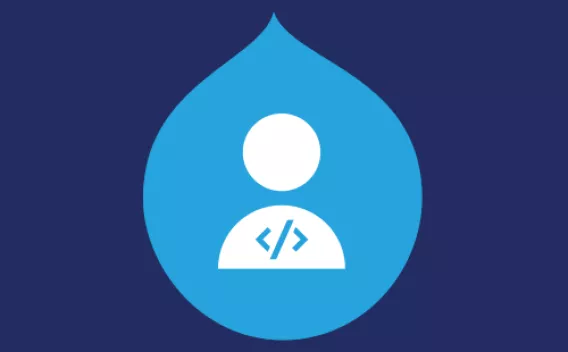Customizing your Acquia Cloud IDE for fun and profit
- Last updated
- 1 minute read
Goal
Learn how to customize your Cloud IDE instance
Prerequisites
-
You must have access to Acquia Cloud IDE.
We’ve built Acquia Cloud IDE so it’s simple, powerful and extensible. There are a myriad of little things you might not know about that will make your experience better, faster and more fun. Let’s jump right in to see a few in action!
-
Configure all the things!
Theia is the user interface that powers Cloud IDE and it can be configured greatly. Click on File > Preferences > Open Preferences and observe for yourself. Not only can you configure every aspect of the IDE workspace, but you can also customize extensions to speed up your work.
- User preferences: This is the default configuration we provide you with so you have a great experience out of the box. We might update user preferences without notice so do NOT change anything there. Take a Drupal core analogy. You wouldn’t hack Drupal core, would you? So don’t hack Theia default preferences.
- Workspace preferences: To pursue the Drupal analogy, think of Theia’s Workspace preferences as a Drupal module you’d build. You’re free to customize Theia’s Workspace preferences any way you like. As soon as you do, a hidden
.theiadirectory with asettings.jsonfile within is being created in your workspace, which by default is/home/ide/project(where your project files live). And what this means is no matter how many IDEs you create for this Cloud Platform application, your configuration overrides will always be available because now you can track them in Git and Theia will detect your overrides automatically.
-
Browser tab or desktop application. You choose!
You’re likely used to having your IDE open as a standalone application on your desktop rather than as a tab in your browser. And you probably have corresponding keyboard shortcuts memorized, like using ALT+TAB to focus on your IDE.
There’s no need to learn a new pattern. You can transform your browser tab into an app using Chrome apps.
Creating a Chrome app is easy:
- Navigate to the Cloud IDE URL you want to add as an app.
- At the top right, click More (3 vertical dots).
- Click More Tools.
- Click Create Shortcut…
- Enter a name for the app
- Click the checkbox Open as window
- Click Create.
Opening up your IDE will be as easy as clicking on Google Chrome’s “Apps” shortcut in your bookmarks bar or navigating to
chrome://apps/and clicking on your new shortcut. -
Aliases, oh my!
We have created helpful aliases to help you use the Cloud IDE command line interface. For instance, you can type
phpcs /path/to/drupal/filein the Cloud IDE terminal and PHP Code Sniffer will kick in automatically to alert about code style issues. Under the hood,phpcs is aliased to phpcs --standard=Drupal --extensions='php,module,inc,install,test,profile,theme,css,info,txt,md'which invokes Drupal “sniffs”. This makes code sniffing recommendations relevant to Drupal. Going further, you can even automate fixing those code style issues by typingphpcbf /path/to/drupal/file.There’s more. Most Git commands you type everyday can be simplified with Git aliases. Those are not the same as Bash aliases, but close enough conceptually. We’ve made things easy for you in Cloud IDE by aliasing the most common commands you’ll need:
cois an alias ofcheckoutbris an alias ofbranchciis an alias ofcommitstis an alias ofstatusunstageis an alias ofreset HEAD –lastis an alias oflog -1 HEAD
-
Custom Aliases
Do you want to override any of those aliases or create your own? No problem. Just edit Cloud IDE’s
.bashrcfile (located under/home/ide/.bashrc) and make sure to add your bash customizations at the very end of the file so we don’t override them.Similarly, if you want to add custom Git aliases, follow the Git documentation and add new aliases as easily as passing
git config --global alias.YOUR_ALIAS GIT_COMMANDin the Terminal. -
Share your work!
Any IDE you create is yours only. That’s sacrosanct for security reasons, because your API and SSH keys need to remain protected at all times. Think of Cloud IDE as your personal laptop for Drupal development, but in the Cloud.
But what if you have changes that need to go through QA? What if you’re a web agency and need to demo a new feature to your client? We have you covered. Run
acli ide:shareand we will return a shareable web URL you can send privately to your colleagues or customers (the IDE URL always remains private). When you don’t need it anymore or if you have reasons to believe this URL might have been compromised, you can regenerate it withacli ide:share --regenerate.Cloud IDE is full of surprises and little gems like this. Learn it, play with it, break it and recreate it at will. We believe that Cloud IDE is the best IDE for Drupal and want you to love it as much as we love building it!
Please share any feedback you have with your Account Manager, Customer Success Manager or Support so we can continue making it better for you.






